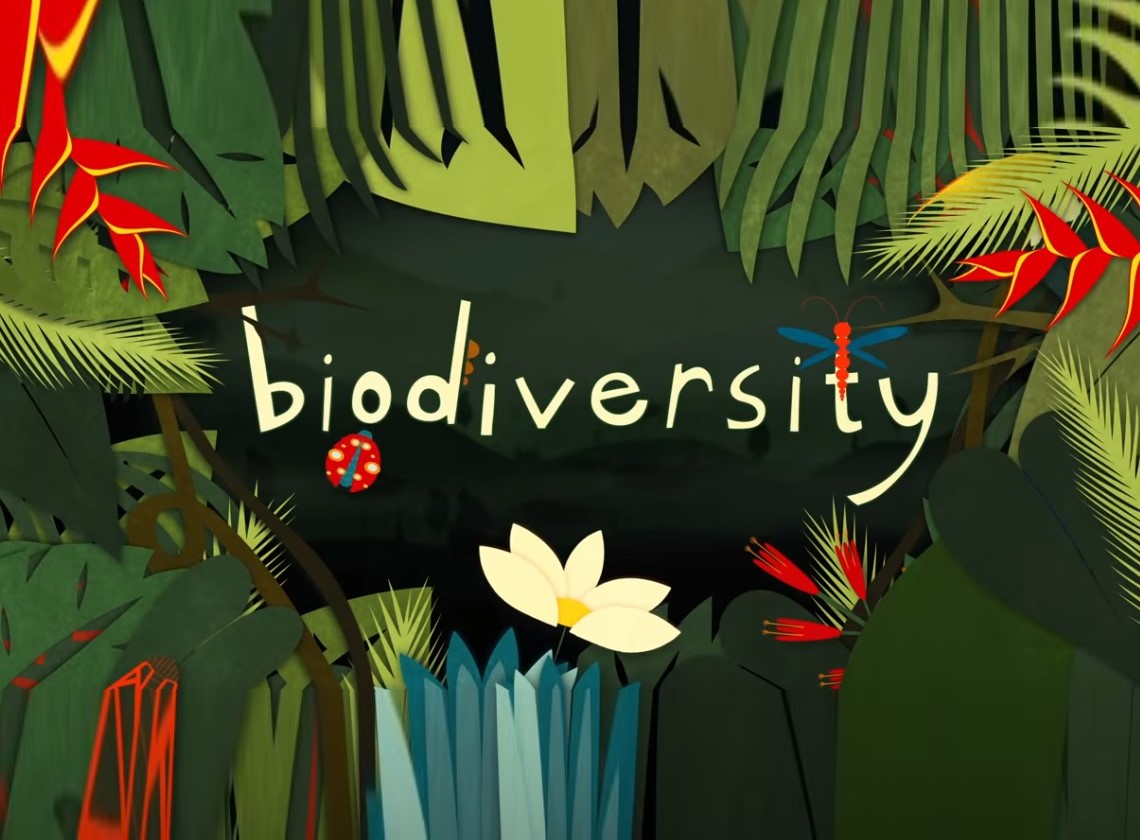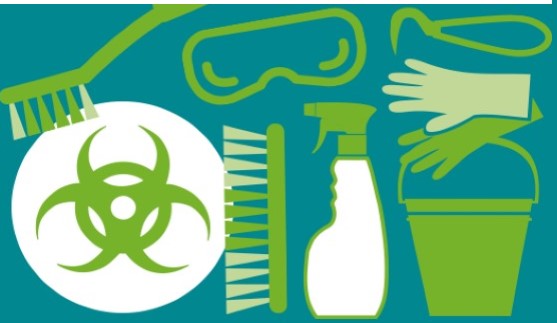Species at Risk in Ireland
Researchers have documented more than 40,000 species in Ireland. This large number is possible because the island offers the environmental conditions and habitats for a range of species so that plants and animals can live, thrive and reproduce. However, this diversity of species has become increasing under threat from changes in land management and other changes caused by humans that have reduced the quality of habitats and harmed the environment for these organisms. The effects of these changes has meant that 20 percent of Ireland’s species are now threatened with extinction. Here are just a few of them:
Top 10 Spices at Risk Of Losing
×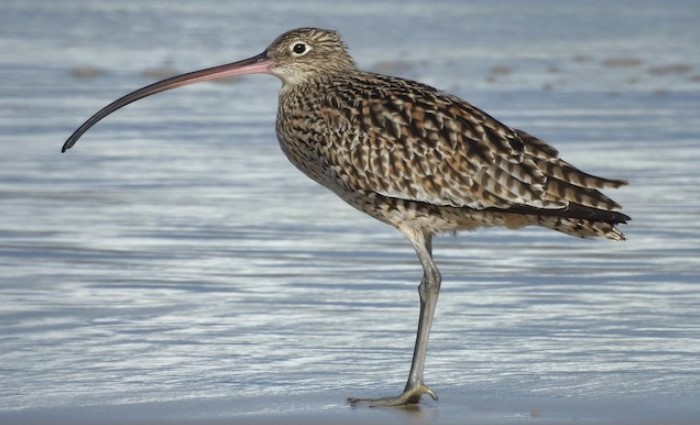

Curlew
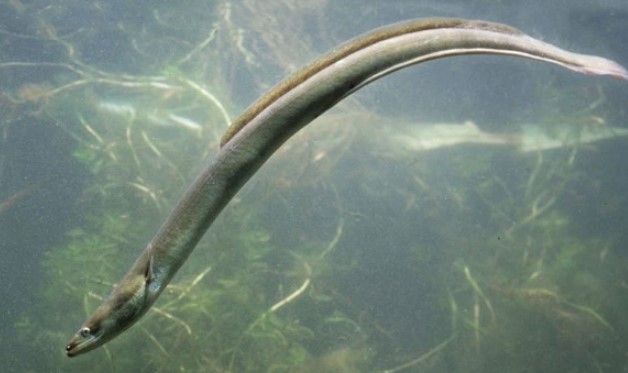
European eel
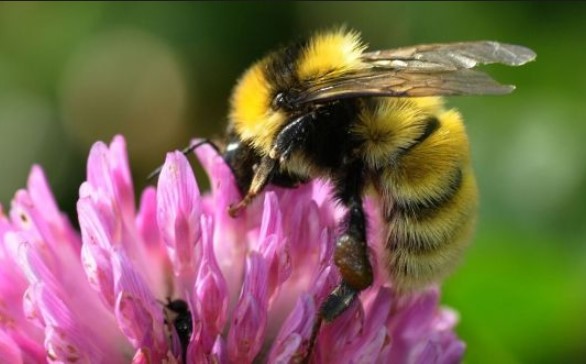
Yellow Bumblebee
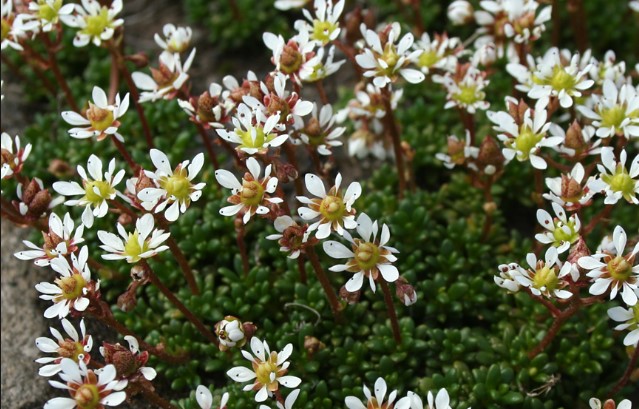
Alpine Saxifrage

Atlantic Salmon

Wall
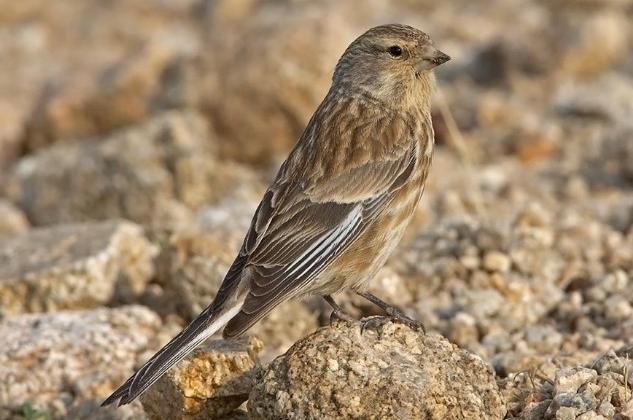
Twite
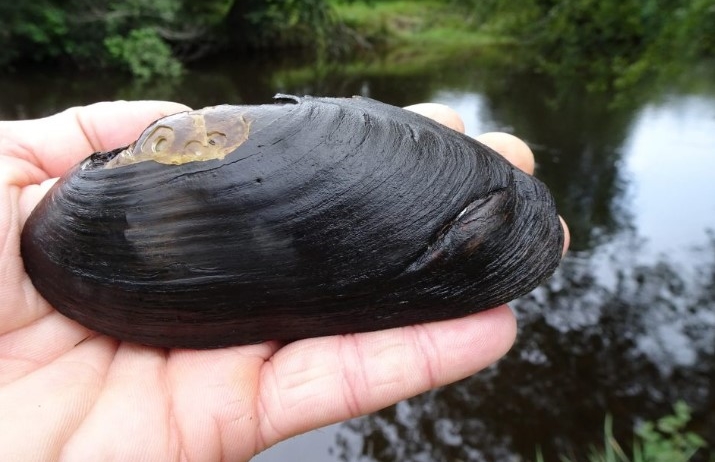
Pearl Mussel
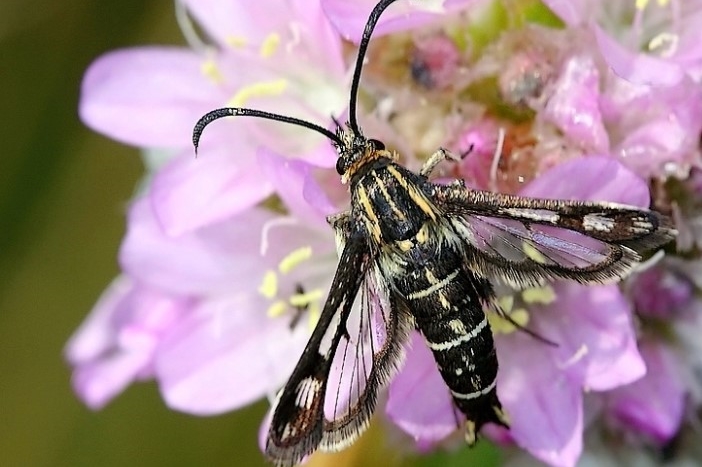
Thrift Clearwing
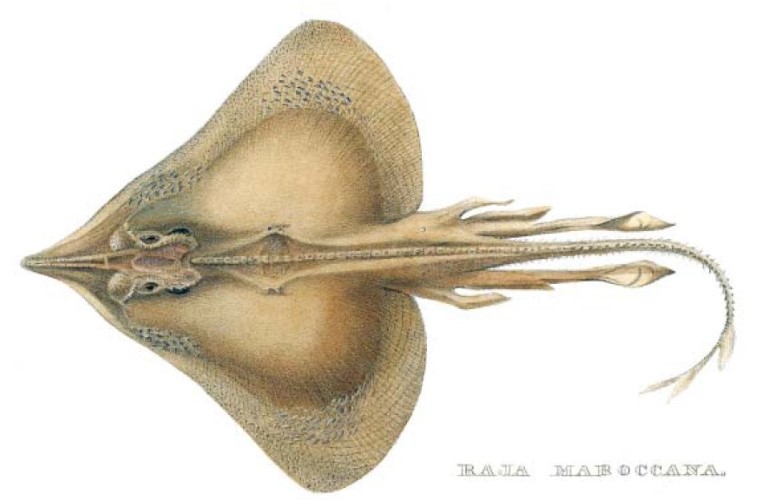
White Skate
